Despite whatever discomfort it may bring, your body was built to handle the summer heat — and even thrive in it.
“Our bodies follow a circannual rhythm — a built-in biological calendar that shifts our physiology with the seasons. Summer brings longer daylight hours, more intense UV exposure, and a natural increase in metabolic activity,” says Senior Health Coach Serena Holtsinger, a double certified Integrated Nutrition Health Coach who specializes in circadian biology. “Just like animals instinctively become more active in the summer, humans are primed for higher energy output, improved insulin sensitivity, a higher libido, and greater capacity for muscle-building. This is truly our ‘active phase’ of the year, and our biology is wired to take advantage.”
While there are many perks to summer training, the hot weather can also present some not-so-hot pitfalls, including the risk of overheating, dehydration, and dangerous sun exposure. To stay safe and optimize your results, it’s essential to adapt your workout routine. Small shifts to where, when, and how you exercise and recover can make a huge difference.
“These changes aren’t just practical, they’re restorative. They invite us to live in sync, instead of in opposition, with our biology,” says Lifeforce Health Coach Sara Ramirez, a certified Integrated Nutrition Health Coach who lives and trains in one of the hottest areas of Arizona.
Our experts share heat-smart strategies to enhance endurance, boost thermoregulation, and drive performance adaptations you won’t get in cooler months.
10 Ways to Optimize Summer Training
 1. Take hydration beyond H20.
1. Take hydration beyond H20.
“When we sweat, we’re not just losing water — we’re losing sodium, potassium, magnesium, and chloride, all of which are essential for muscle contraction, nerve firing, and fluid balance,” says Holtsinger. “In the summer, with more intense training and sweat loss, we see electrolyte depletion becoming a real performance and recovery bottleneck. Without adequate replacement, you’re looking at increased cramping, fatigue, and lightheadedness. A lot of folks blame dehydration for fatigue when the issue is actually electrolyte and/or mineral imbalance.”
To minimize the risks of mineral imbalance, get creative with your hydration. Ramirez suggests whipping up an electrolyte slushie: a blend of ice, lemon juice, a pinch of sea salt, and a splash of coconut water or an electrolyte mix. “This slows absorption, cools your core, and makes electrolyte replenishment feel like a treat, not a chore,” she says.
When choosing an electrolyte mix, steer clear of sugar and additives. “Maintaining healthy electrolyte balance is key, but easily confusing with all the electrolyte products out there. Many supplements and sports drinks have sugars, artificial sweeteners, and other chemicals,” warns Lifeforce Clinician Melanie Jones, APRN-C, AANP. (Our experts recommend zero-sugar options like LMNT and QuintEssential.)
You can also eat your electrolytes. “Throughout the day, I make sure to consume lots of hydrating fruits and veggies like mangoes, guava, tomatoes, fresh mint and lemon, or even a Mediterranean pasta salad with vegetable- or plant protein-based pasta and spinach, cucumber, tomatoes, olives, red onion, garbanzo beans, and a homemade vinaigrette,” Ramirez says. “Other naturally mineral-rich choices include watermelon, celery juice, avocado, and leafy greens.”
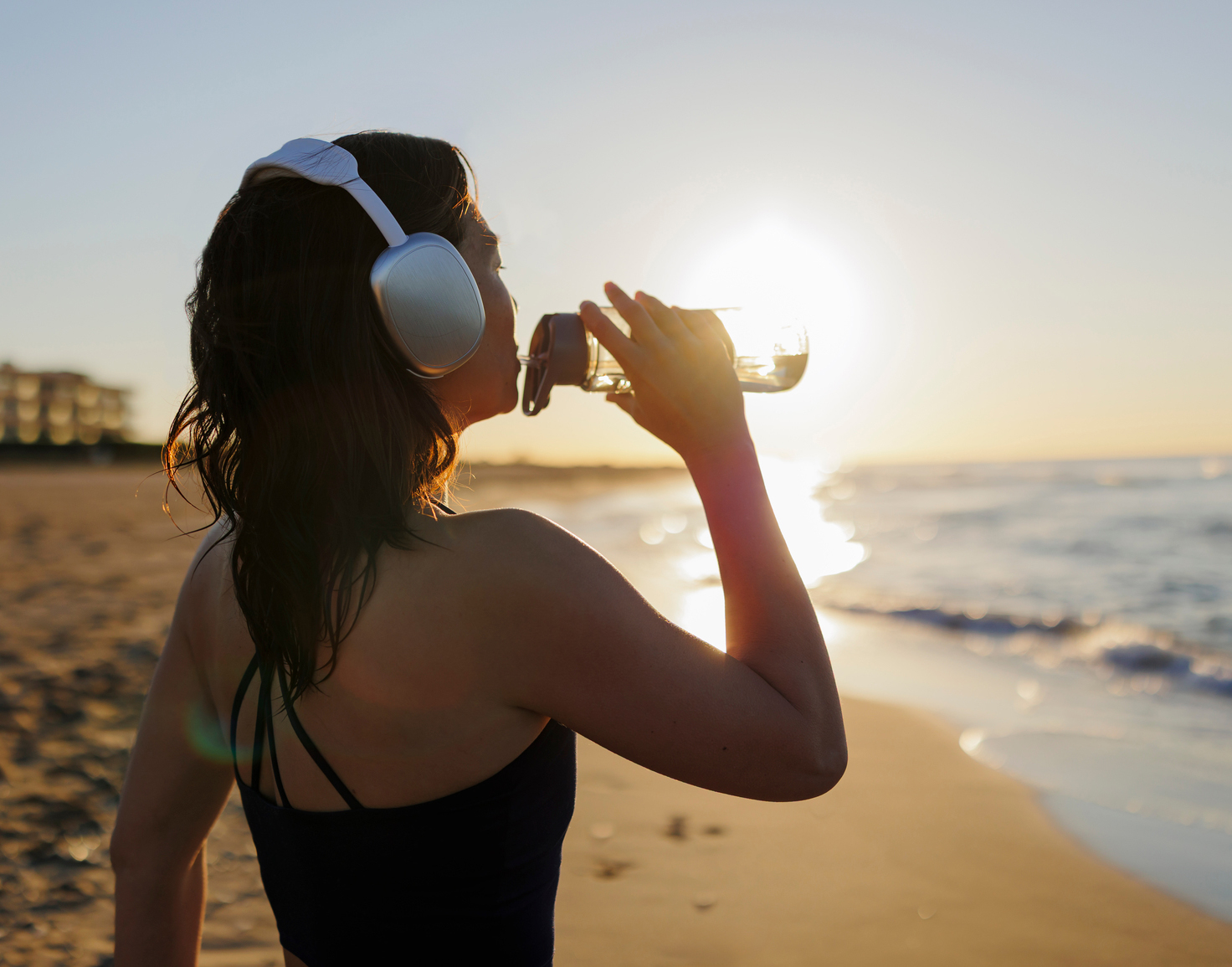 2. Soak up the sun.
2. Soak up the sun.
Rise and shine! “Early morning sunlight is critical for circadian regulation, which affects everything from muscle recovery, to mood, to metabolism and appetite, to hormone cycling,” Holtsinger says. Morning sun exposure has also been shown to improve sleep quality and reduce mental fatigue. Enjoy your morning iced coffee or tea outdoors for even just 10 to 15 minutes to reap the benefits.
While catching rays early is important for your circadian rhythm, midday sun is key for vitamin D. Vitamin D — which supports strong bones, cardiovascular health, and immunity — is synthesized by the sun’s ultraviolet B (UVB) rays. According to Holtsinger, UVB rays only penetrate the atmosphere when the sun is at least approximately 30° above the horizon, which is typically mid-morning to mid-afternoon.
“Get in outdoor workouts while the weather cooperates because sunlight isn’t just good for vitamin D,” Holtsinger says. “About 50% of the sun’s spectrum is made up of red and infrared wavelengths, which very effectively support muscle performance, circulation, and recovery.”
Exposure to sunlight during training, especially UVA, has also been shown to trigger the release of nitric oxide, which can improve blood flow and lower blood pressure. “For active folks, this translates to enhanced oxygen and nutrient delivery to muscles, improved exercise tolerance, and potentially better endurance and recovery,” adds Holtsinger.
3. Save your skin.
Of course, there is a darker side to the sun. “UVA exposure is responsible for premature aging and wrinkles. Think ‘A’ for aging,” warns Ramirez. Additionally, “One of the biggest things about sun exposure is protecting the largest organ on your body, which includes reducing the risk of skin cancer.”
Ramirez suggests avoiding chemical filters in sunscreen such as oxybenzone, octinoxate, homosalate, and octocrylene due to concerns around hormone disruption and skin and environmental health. Instead, opt for mineral formulas for prolonged or intense sun exposure. “In general, gradual and limited unprotected sun exposure can support vitamin D production and circadian rhythms,” she says.
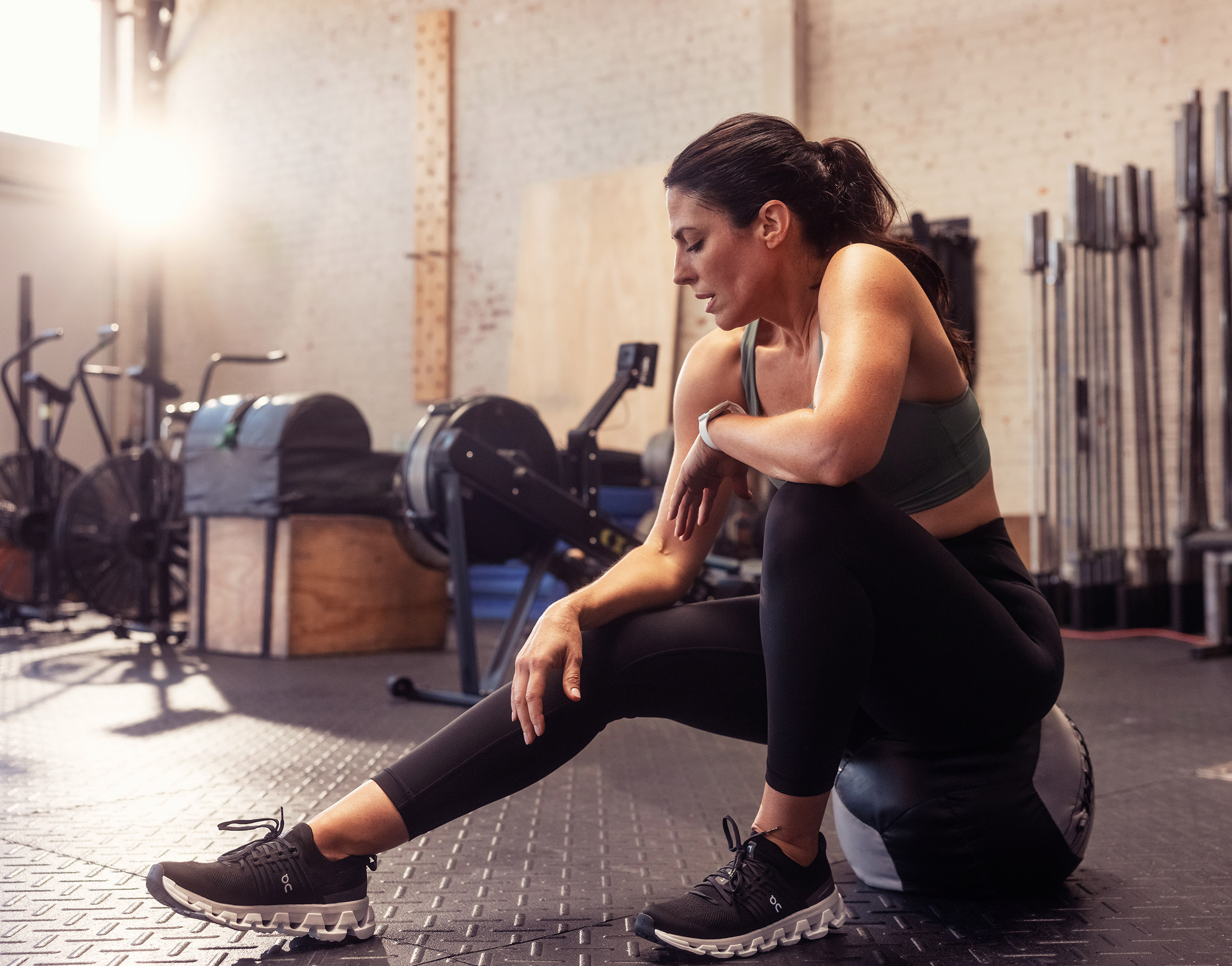 4. Time your workouts for thermoregulation.
4. Time your workouts for thermoregulation.
Another risk to summer workouts: throwing off your thermoregulation. “Thermoregulation is the body's ability to maintain a stable temperature,” explains Health Coach Jillian Montemarano, a NASM Certified Weight Loss Specialist. “During exercise, your body naturally warms up. In the summer months, you have to take into account your body's internal heat and also the external heat outside.”
When you’re overheated, your body automatically redirects blood flow toward the skin to cool down. “This can reduce oxygen availability to your working muscles, which means your body has to work harder to perform at the same level,” Ramirez says. “When thermoregulation is overwhelmed, your system starts sending warning signals that look like fatigue, dizziness, brain fog, or poor performance. Supporting thermoregulation isn't just about comfort. It’s about safety, endurance, and long-term resilience.”
To stay regulated, timing is everything. “The best strategy is to work out during the cooler parts of the day like early mornings or evenings when the sun goes down,” Montemarano advises. “You should also wear lightweight, breathable clothing and take breaks when you need them.”
For women, menstrual cycles also impact thermoregulation. “In the luteal phase (after ovulation and before menstruation), progesterone rises and causes a natural increase in core body temperature,” Holtsinger says. “Women may notice reduced tolerance to high heat, lower endurance, and slower post-workout recovery in extreme temperatures.”
Jones suggests that women structure their workout routines around their cycles and plan for lower intensity training, indoor workouts, and more rest days during this phase.
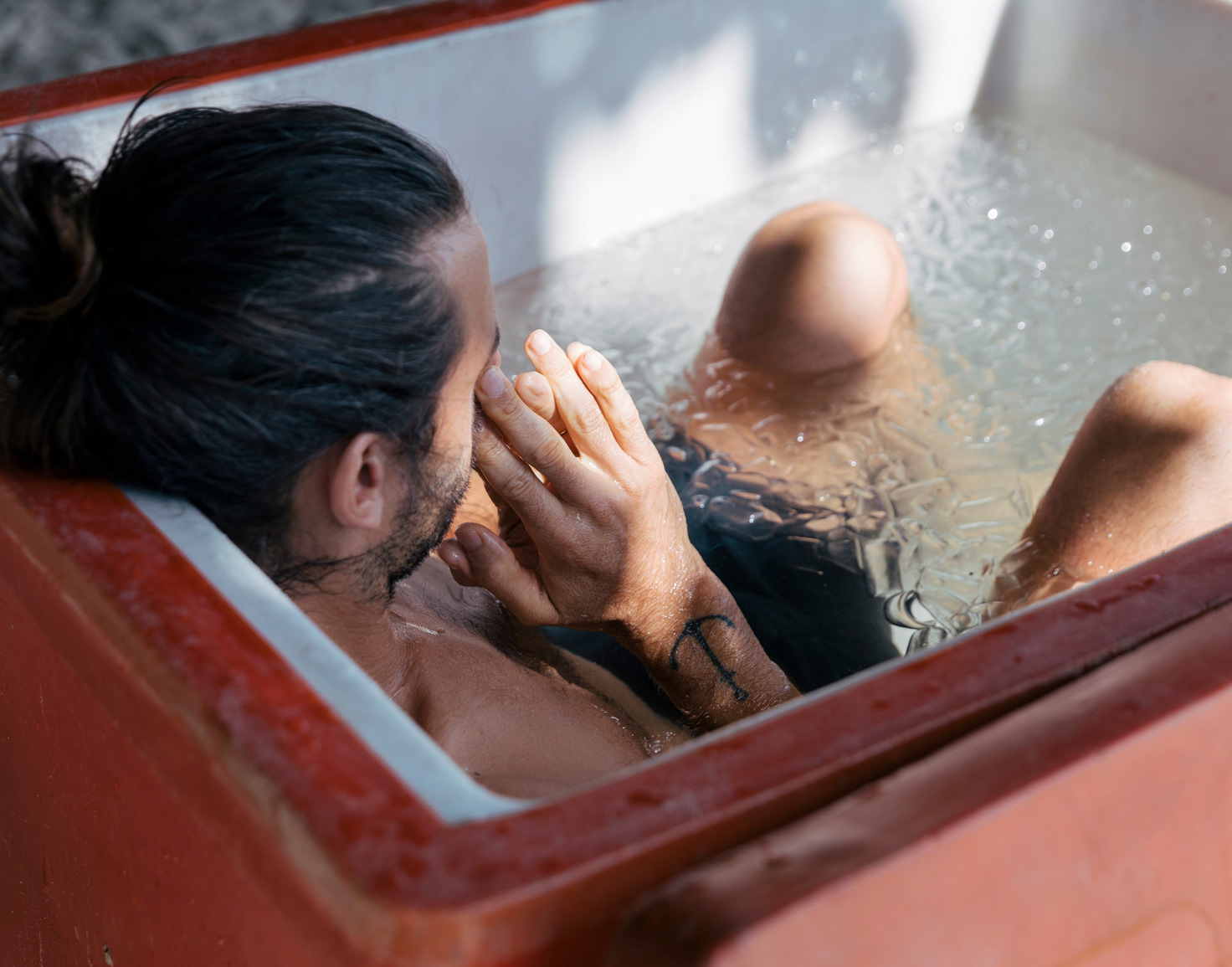 5. Take the plunge into cold therapy.
5. Take the plunge into cold therapy.
Cold plunges do more than cool you down. “Cold or contrast therapy post-training can reduce inflammation, improve recovery, and aid in parasympathetic rebound,” Holtsinger says.
But before you take the plunge, know this: “If you’re chasing hypertrophy (muscle growth), skip the cold immediately after lifting,” she advises. “Studies show it can blunt muscle protein synthesis by up to 30% and reduce long-term gains in muscle mass and strength. Cold therapy is fantastic for quick recovery, but not so good if building muscle is a main priority.”
If you only want to dip a toe into cold therapy, Ramirez suggests milder temp tools like ice towels or cooling blankets for hot days spent outdoors.
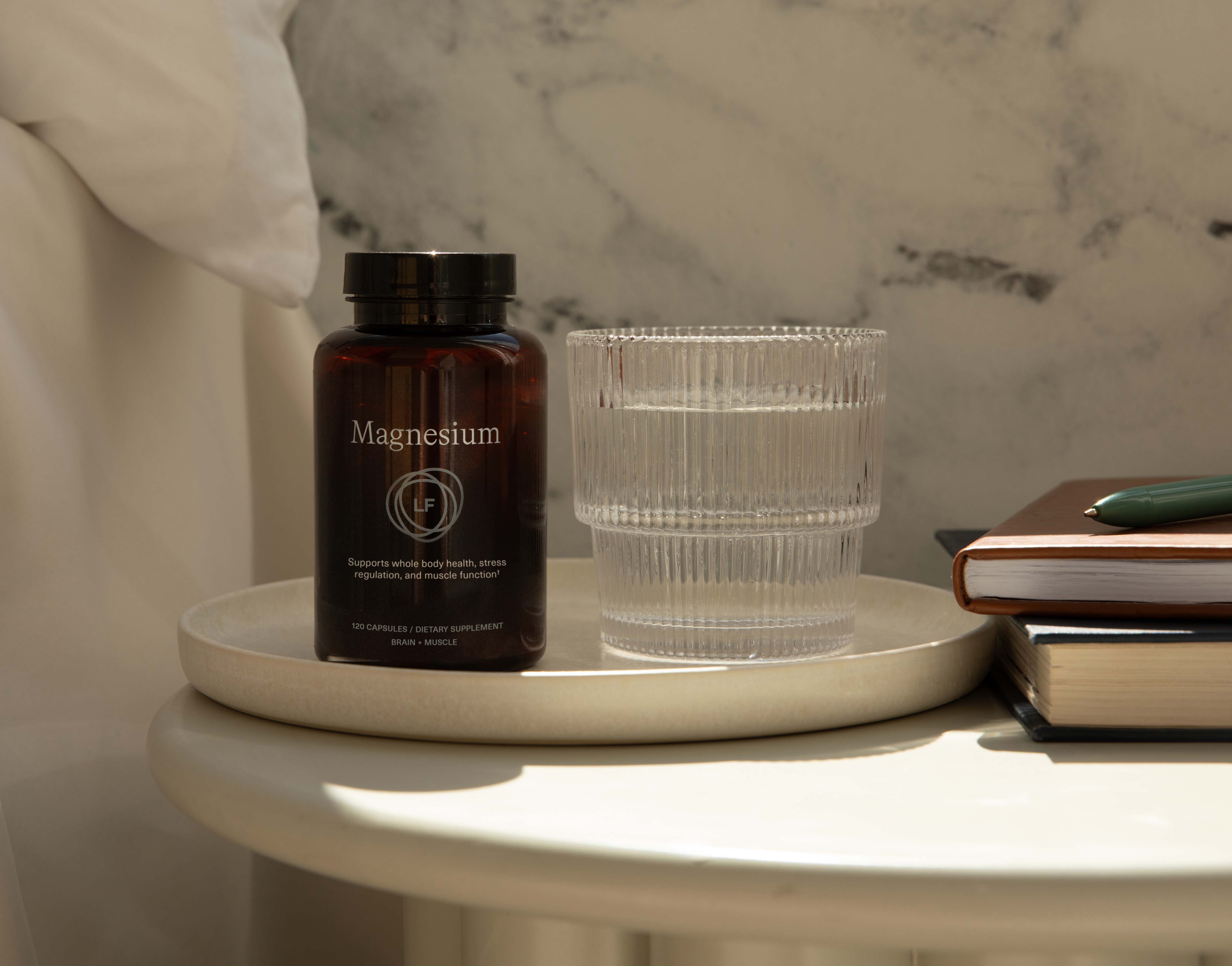 6. Get summer supplement support.
6. Get summer supplement support.
“Magnesium is a key player in heat adaptation and muscle recovery,” Ramirez says. Research shows that the mineral enhances thermoregulation and helps the body manage heat stress by supporting muscle relaxation and nervous system function. Additionally, LF Magnesium activates more than 600 enzymatic processes in the body to support whole body health.
Ramirez also notes that herbs like rhodiola and ashwagandha may support energy, adrenal health, and stress response during intense heat or training. (Discuss with your Lifeforce Clinician or healthcare provider before adding any supplement to your stack.)
7. Try heat adaption training.
“Heat adaptation is gradually training your body to perform in hot conditions. This can help you perform more efficiently in these environments,” Montemarano says. Heat adaptation training typically involves performing endurance exercises like running or cycling in high heat conditions to acclimatize your body.
But it’s essential you don’t jump right into the hottest temps. “It is important to do this gradually and monitor your body closely for any symptoms of heat intolerance,” Montemarano warns.
Ramirez seconds this approach. “It’s best to start with shorter sessions in warmer conditions and build slowly. This approach is especially helpful for those preparing for endurance events or living in hotter climates, but always check with your clinician to see if this strategy fits your health profile.”
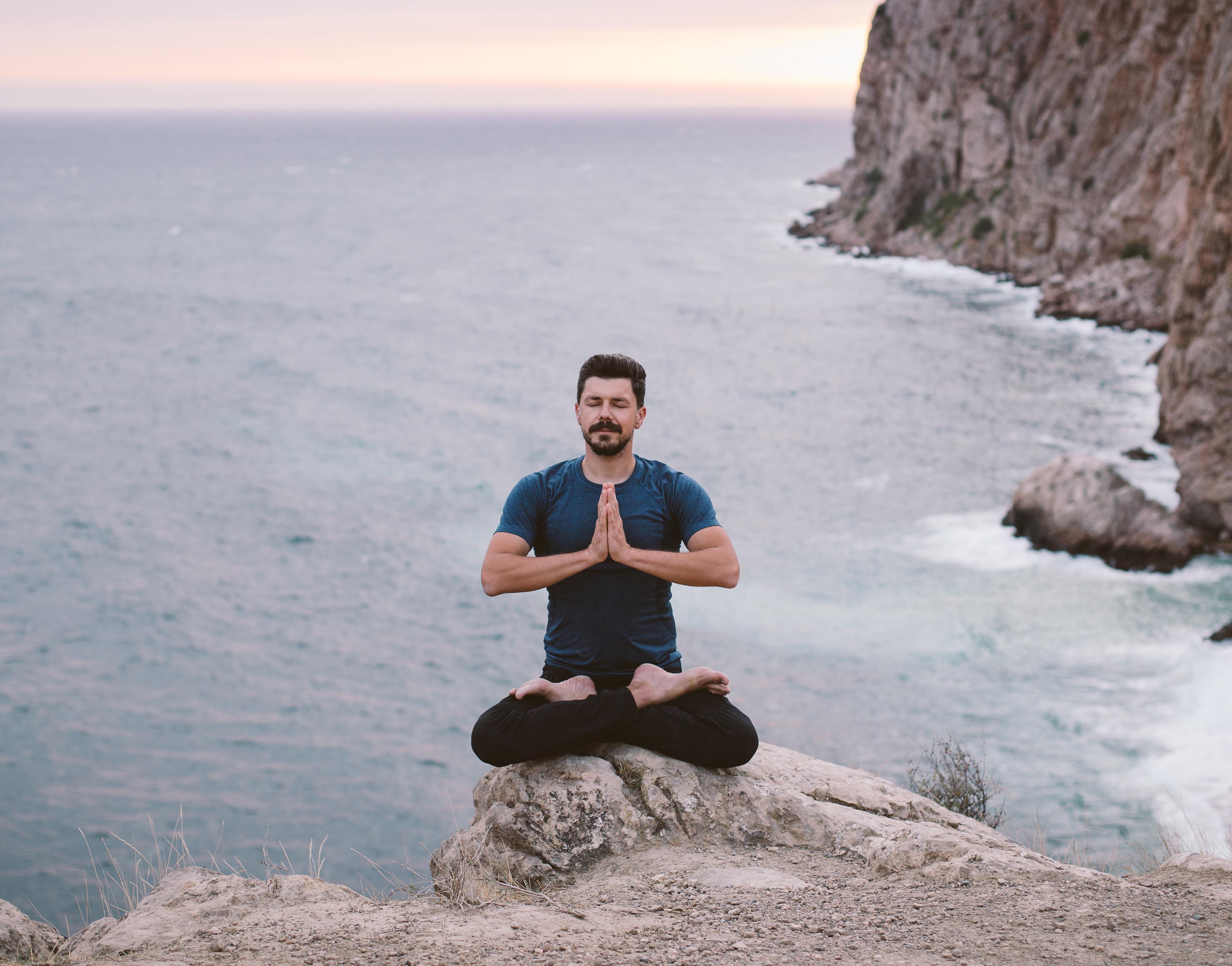 8. Soothe your system with nasal breathing.
8. Soothe your system with nasal breathing.
This summer wellness strategy is as easy as breathing. “Nasal breathing — inhaling and exhaling primarily through the nose — is not only calming, but it also reduces heat loss through the mouth and supports more efficient oxygen delivery,” Ramirez explains.
She also suggests trying a technique called box breathing during your cool-down to reduce the stress hormone cortisol and improve recovery. Inhale slowly through your nose for a count of four, hold for four, exhale slowly through your mouth for four, and hold your breath again for four. Then, repeat the cycle for a few minutes or as needed to calm your system.
9. Prioritize summertime sleep.
Hitting the sheets is just as important as hitting the weights — especially during summer months. “The heat is known to disrupt sleep, so make sure you have lightweight and breathable bedding, and consider investing in a cooling mattress topper,” Montemarano suggests.
Ramirez recommends tart cherry juice or extract to support the best rest. “It has been shown to reduce exercise-induced inflammation, improve sleep quality, and naturally boost melatonin,” she says. “Ideally, drink it after evening workouts or on rest days. Choose unsweetened, organic tart cherry juice and sip 1 to 2 ounces diluted in water.”
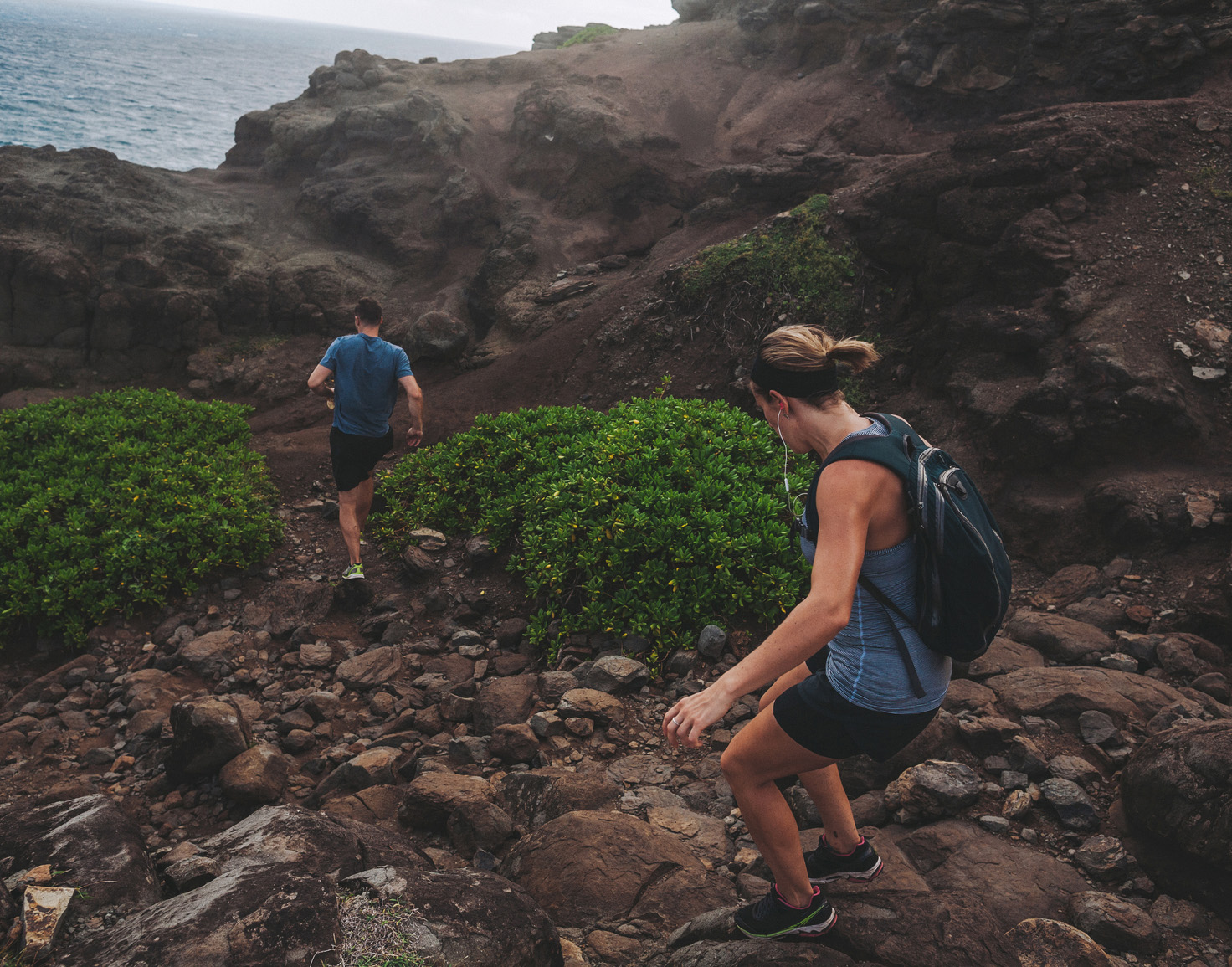 10. Boost connectivity in the great outdoors.
10. Boost connectivity in the great outdoors.
The most important thing to remember is that summer means more sunshine and more time with loved ones. “Take advantage of the longer days and warmer weather and incorporate more outdoor activities to keep your workouts fun and spend time with friends and family,” Jones says.
Research shows that time outdoors can help lower cortisol levels, blood pressure, and cholesterol, and improve cognition and mental health. Another study found that shared time in nature with friends deepens social connections even more than doing indoor activities together.
“Summertime usually lends itself to slower schedules and, for most of us, more time after work with more sun in the evening,” adds Jones. “Explore parks and stroll around your own town like a tourist while getting your steps in. Switching things up this season is a great way to keep your workouts exciting!”
This article was medically reviewed by Melanie Jones, APRN-C, AANP Board Certified Family Practitioner.

